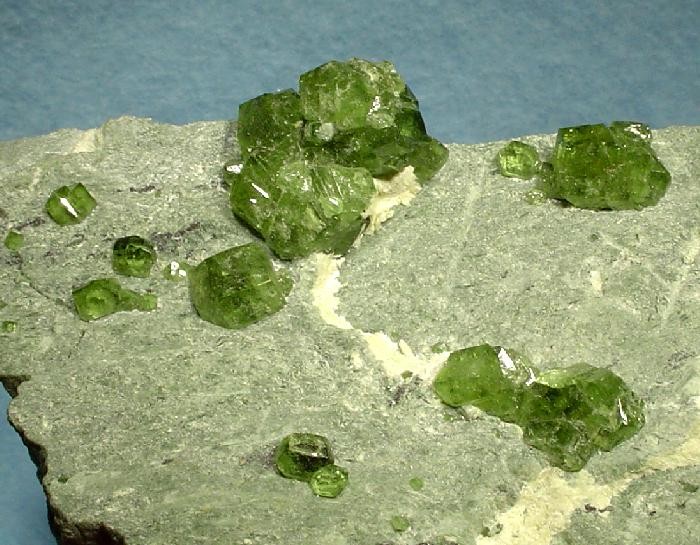 |
| Demantoid an emerald green variety of andradite garnet on a matrix of serpentine, Photo by Rob Lavinsky |
Andradite
is another species longing for the garnet family that is classified as a nesonsilicate
with a formula approximating Ca3Fe2Si3O12. This family of garnets
includes three different varieties they come in various colors. There is one
variety where titanium ions substitute in the formula producing a black stone
that in the gem trade is called melanite,
or is sometimes referred to as titanian andradite. The second stone in this
group is referred to as the demantoid
garnet that is found ophiolite deposits where it is associated with chromium.
The stones are often the vivid green in color that occur in small crystals
rarely over one carat in size. Because of their rarity they are often worth
more than $1000 per carat in the http://www.gia.edu/
world. The third type of stone in this family is called Topazolite that is
yellowish green in color and is sometimes found in a high enough quality so
they can be cut into faceted gems.
 |
| Melanite garnet crystals Photo by Rob Lavinsky |
This garnet occurs in skarns
in impure limestone that has been intruded by igneous rock. Sometimes it is
also found in calcium rich igneous rocks. Probably the most common place to
find andradite is in a rock called serpentine that also produces asbestos.
Andradite garnets have been found in the asbestos mines around Thetford
Mines , Quebec
 |
| Topazolite crystals Photo by Rob Lavinsky |
There are several other minerals that are commonly
associated with andradite including this vesuvianite, chlorite, epidote,
spinel, calcite, dolomite and magnetite. One of the varieties of andradite is
often found near iron mines where the over is magnetite. It is found as
braunite on the rock dumps at the old Tillie Foster iron mine in Brewster ,
New York
Andradite is found in Italy Russia United
States Arizona California Danbury , Connecticut

.jpg/740px-Spider_in_amber_(1).jpg)


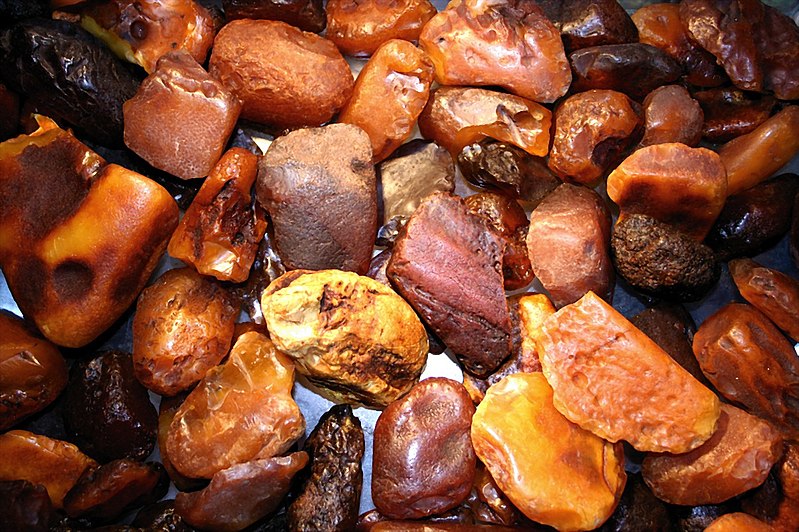
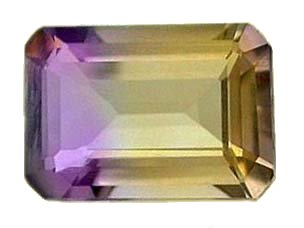




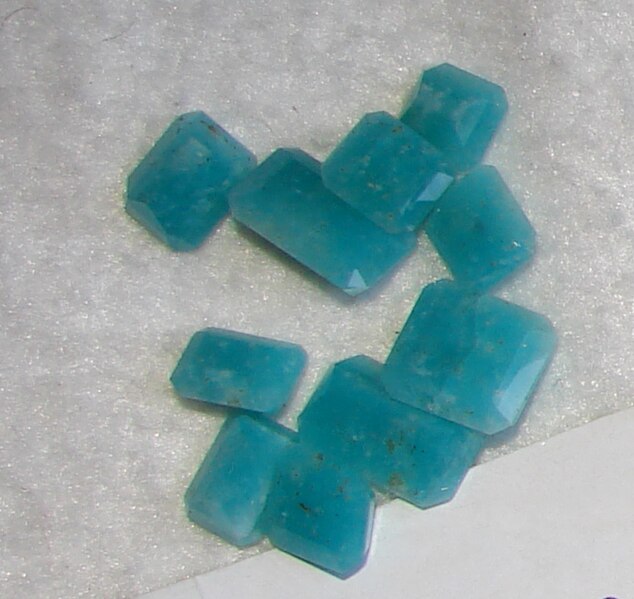

-Calcite-290699.jpg)


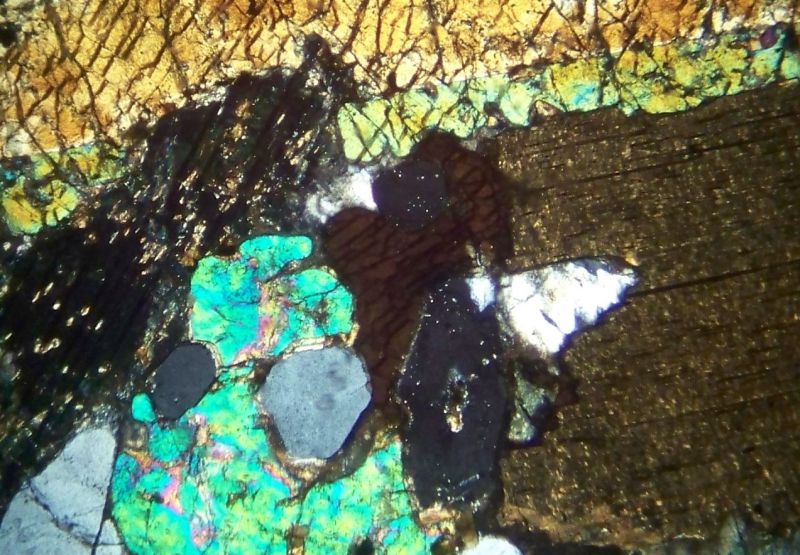
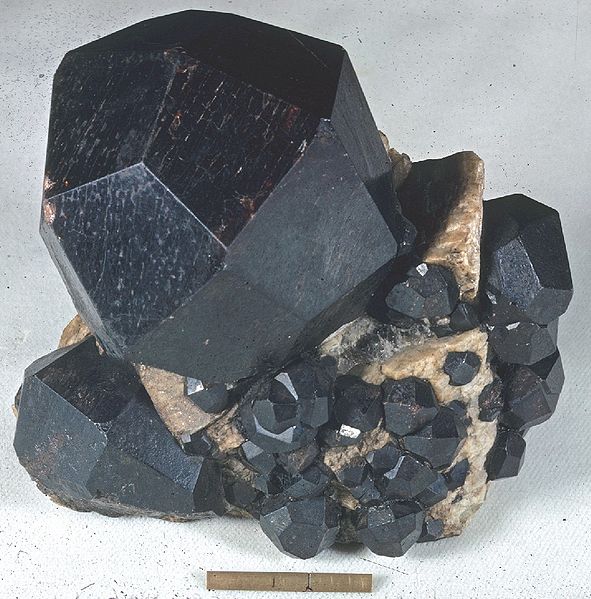
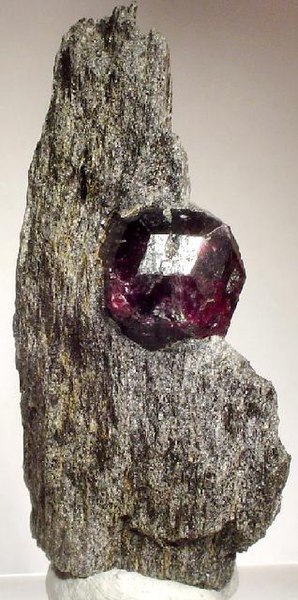



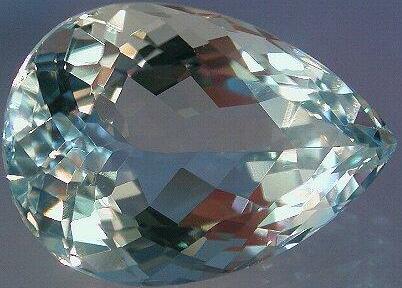
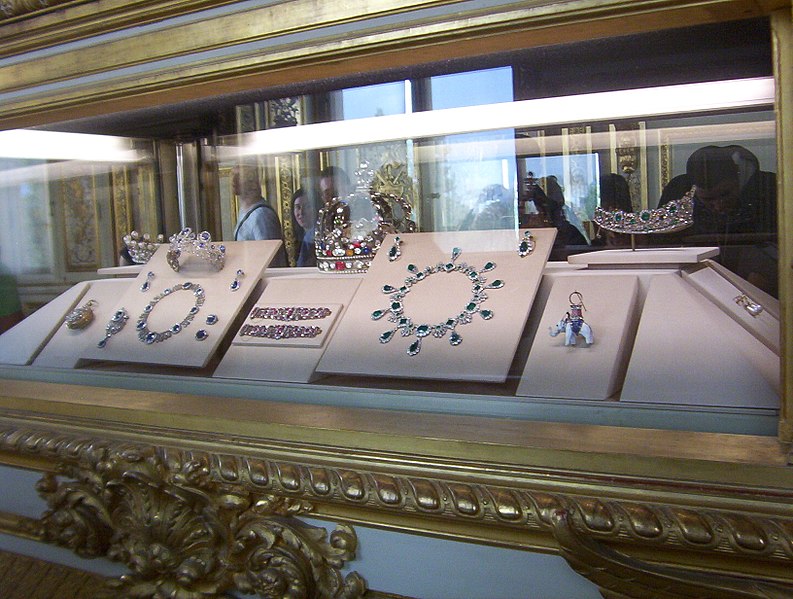
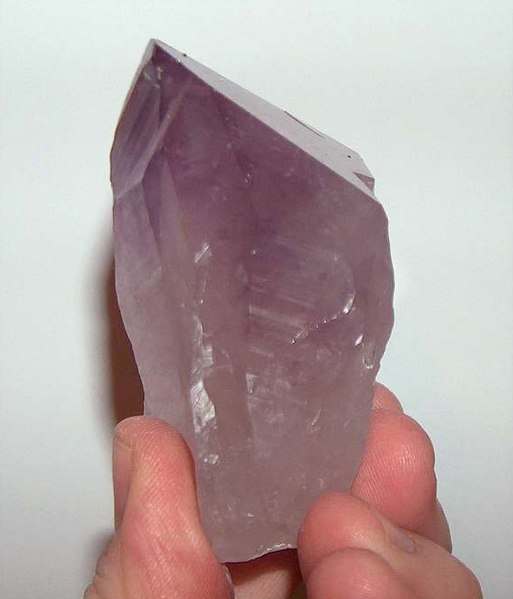


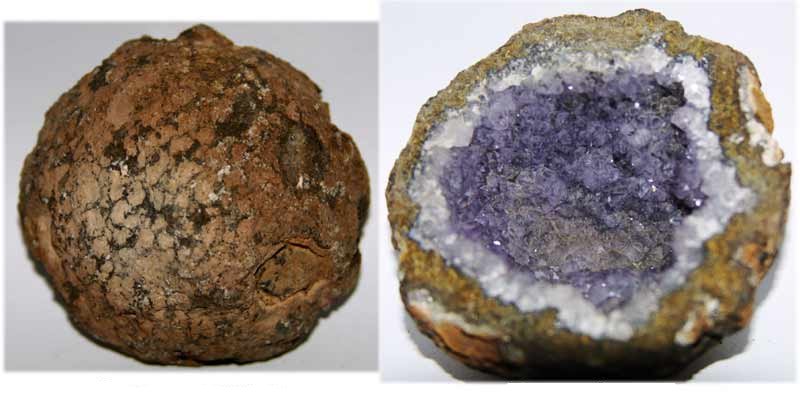


_01b.jpg/527px-Vaso_de_jaspe_con_Neptuno_y_caracol_(Prado_O-54)_01b.jpg)
